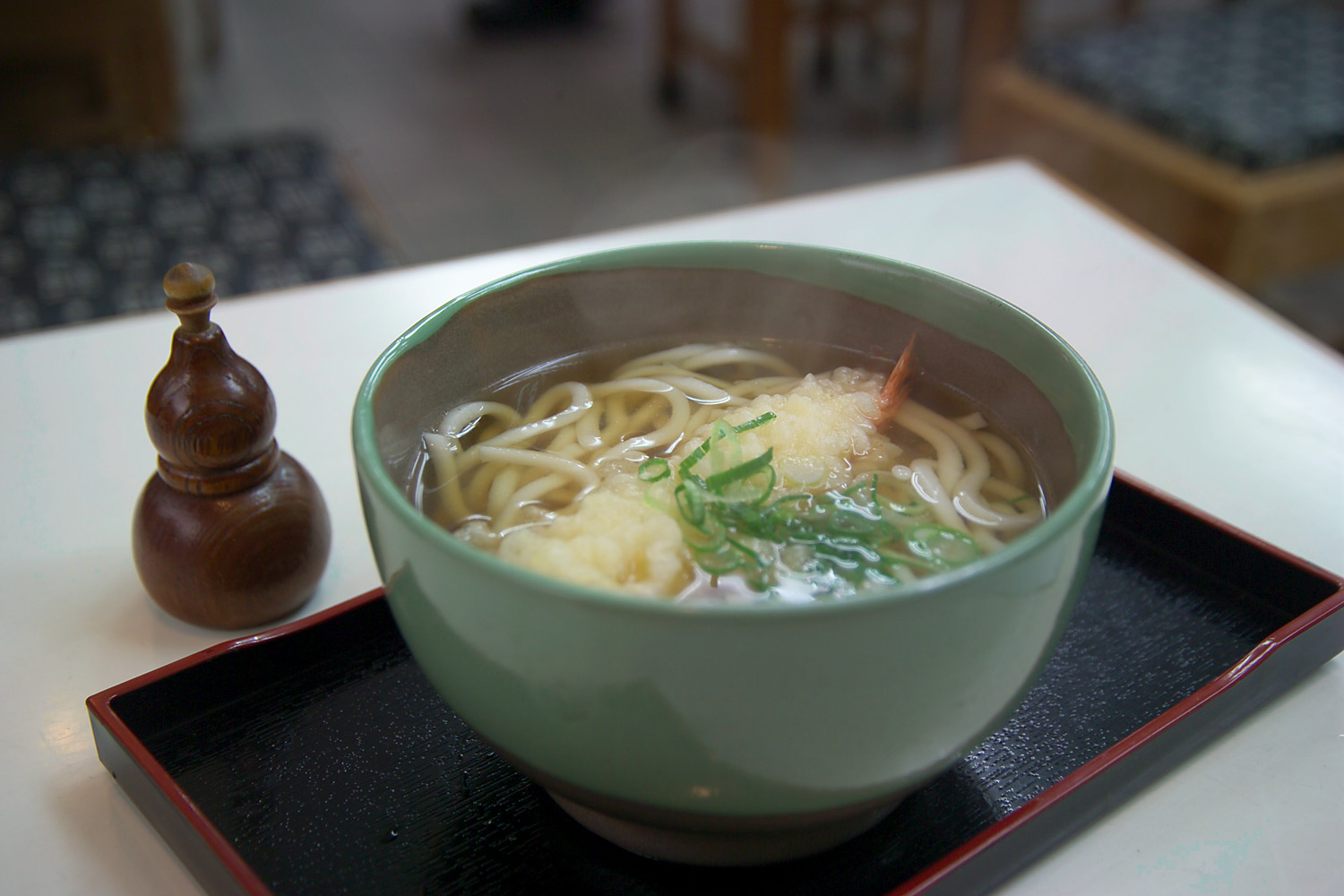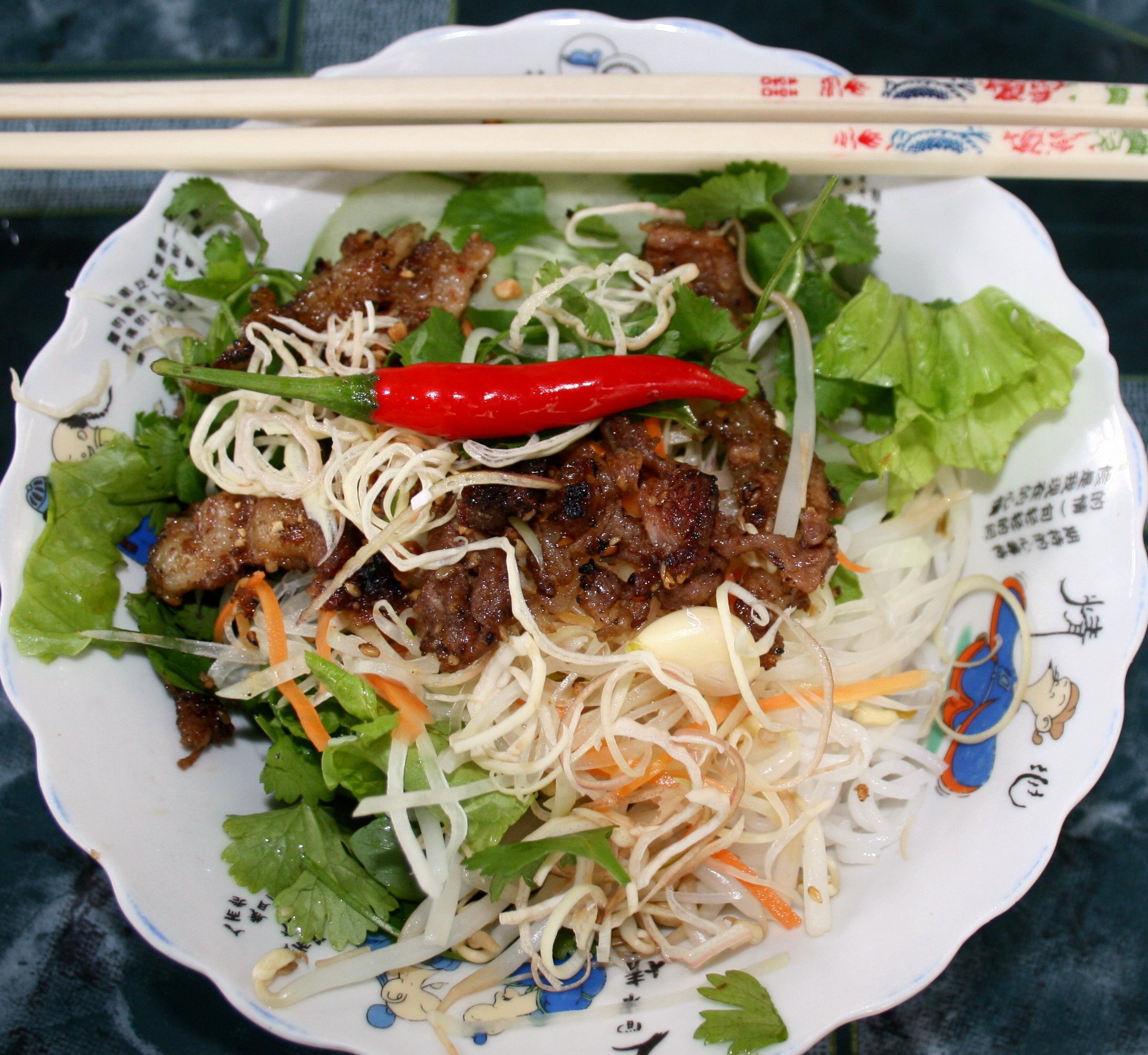|
Odong
Odong, also called pancit odong, is a Visayan noodle soup made with noodles, canned smoked sardines (''tinapa'') in tomato sauce, bottle gourd (), loofah (), chayote, ginger, garlic, red onions, and various other vegetables. It is garnished and spiced with black pepper, scallions, toasted garlic, calamansi, or labuyo chilis. The dish is usually prepared as a soup, but it can also be cooked with minimal water, in which case, it is known as odong guisado. It is a common simple and cheap meal in Mindanao (particularly the Davao Region) and the Visayas Islands. It is almost always eaten with white rice, rarely on its own. It is named after the round flour noodles called which are closest in texture and taste to the Okinawa soba. These noodles are characteristically sold dried into straight sticks around long. The name is derived from the Japanese ''udon'' noodles, although it does not use ''udon'' noodles or bear any resemblance to ''udon'' dishes. It originates from the Davao ... [...More Info...] [...Related Items...] OR: [Wikipedia] [Google] [Baidu] |
Udon
Udon ( or ) is a thick noodle made from wheat flour, used in Japanese cuisine. There are a variety of ways it is prepared and served. Its simplest form is in a soup as with a mild broth called made from dashi, soy sauce, and mirin. It is usually topped with thinly chopped scallions. Other common toppings include prawn tempura, (mixed tempura fritter), (sweet, deep-fried tofu pouches), (sliced fish cake), and spice added to taste. Standard broth differs by region. Dark soy sauce is added in eastern Japan, while light soy sauce is added in the west. Instant noodles are often sold in two (or more) versions accordingly. More unusual variants include stir-fried and curry udon made with Japanese curry. It is often used in or Japanese hot pot. Dishes Udon noodles are boiled in a pot of hot water. Depending on the type of udon, the way it is served is different as well. Udon noodles are usually served chilled in the summer and hot in the winter. In the Edo period, the thicker ... [...More Info...] [...Related Items...] OR: [Wikipedia] [Google] [Baidu] |
Tinapa
Tinapa ''Tinapa'', a Filipino term, is fish cooked or preserved through the process of smoking. It is a native delicacy in the Philippines and is often made from blackfin scad (''Alepes melanoptera'', known locally as ''galunggong''), or from milkfish, which is locally known as ''bangus''. Though canned ''tinapa'' in tomato sauce is common and sold commercially throughout the country, it is also still produced and sold traditionally or prepared at home. ''Tinapa'' recipe mainly involves the process of washing the fish and putting it in brine for an extended amount of time (usually 5 – 6 hours), air drying and finally smoking the fish. The fish species which are commonly used for making ''tinapa'' could either be ''galunggong'' (scads) or ''bangus'' (milkfish). The term ''tinapa'' means "prepared by smoking". The root word ''tapa'' in Philippine languages originally meant fish or meat preserved by smoking. In the Spanish Philippines, it came to refer to meats (modern ''ta ... [...More Info...] [...Related Items...] OR: [Wikipedia] [Google] [Baidu] |
La Paz Batchoy
Batchoy, alternatively spelled batsoy (), is a Filipino noodle soup of pork offal, crushed pork cracklings, chicken stock, beef loin, and round noodles. The original and most popular variant, La Paz batchoy, traces its roots to the Iloilo City district of La Paz, in the Philippines. Origin The origin of the La Paz Batchoy is unclear with several accounts claiming credit for the dish: * Domingo Lozada opened their batchoy stall, Inggo's Batchoy, in 1922 and claims to be the first batchoy shop in La Paz, Iloilo City; 16 years ahead of Deco's La Paz Batchoy Shop, which opened in 1938. *The dish was claimed to be concocted by Federico Guilergan Sr. in 1938 in Iloilo. His recipe called for a mixture of broth, noodles, beef and pork. The soup later evolved into its present form which has become Iloilo City's most popular dish. Federico Guillergan, Jr., the son of the soup's inventor, states that his father at first jokingly called the dish "bats" when asked for its name. Later, he add ... [...More Info...] [...Related Items...] OR: [Wikipedia] [Google] [Baidu] |
Pancit Molo
Pancit Molo (also Molo Soup or Molo Balls Soup) or Filipino pork dumpling soup, is a type of soup made using wonton wrappers which originated from Molo district in Iloilo City, Philippines. It consists of a mixture of ground pork wrapped in molo or wonton wrapper, shredded chicken meat, and also shrimp. The piping-hot soup is often ladled into serving bowls, and garnished with green onions and fried garlic bits for another layer of flavor. Pancit, which loosely translates to "noodle" is a common cuisine in the Philippines. The "noodle" acting in this dish comes from the wonton wrappers added to this dish, which draws from Chinese cuisine. Under this influence, the wontons within the soup have been compared to " siomai dumplings." Popularity Pancit Molo is a popular dish and street food in the region Molo, Iloilo. Iloilo, sometimes called the "food haven of the Philippines" is renowned for this soup, as well as another called La Paz Batchoy. One travel guide has dubbed the ... [...More Info...] [...Related Items...] OR: [Wikipedia] [Google] [Baidu] |
Instant Noodles
Instant noodles, or instant ramen, is a type of food consisting of noodles sold in a precooked and dried block with flavoring powder and/or seasoning oil. The dried noodle block was originally created by flash-frying cooked noodles, which is still the dominant method used in Asian countries; air-dried noodle blocks are favored in Western countries. Dried noodle blocks are designed to be cooked or soaked in boiling water before eating. Ramen, a Japanese adaptation of Chinese noodle soup, is sometimes used as a descriptor for instant noodle flavors by some Japanese manufacturers. It has become synonymous in the United States with all instant noodle products. Instant noodles were invented by Momofuku Ando of Nissin Foods in Japan. They were launched in 1958 under the brand name Chikin Ramen. In 1971, Nissin introduced Cup Noodles, the first cup noodle product. Instant noodles are marketed worldwide under many brand names. The main ingredients in instant noodles are flour, sta ... [...More Info...] [...Related Items...] OR: [Wikipedia] [Google] [Baidu] |
Egg Noodles
Noodles are a type of food made from unleavened dough which is either rolled flat and cut, stretched, or extruded, into long strips or strings. Noodles are a staple food in many cultures and made into a variety of shapes. The most common noodles are those derived from either Chinese cuisine or Italian cuisine. Chinese noodles are known by a variety of different names, while Italian noodles are known as pasta. While long, thin strips may be the most common, many varieties of noodles are cut into waves, helices, tubes, strings, or shells, or folded over, or cut into other shapes. Noodles are usually cooked in boiling water, sometimes with cooking oil or salt added. They can also be steamed, pan-fried, deep-fried, or baked. Noodles are often served with an accompanying sauce or in a soup, the latter being known as noodle soup. Noodles can be refrigerated for short-term storage or dried and stored for future use. Etymology The word for noodles in English was borrowed in the 18 ... [...More Info...] [...Related Items...] OR: [Wikipedia] [Google] [Baidu] |
Misua
''Misua'' (also spelled ''mee sua'' or ''miswa''; zh, t=, poj=mī-sòaⁿ), also known as wheat vermicelli, is a very thin variety of salted noodles made from wheat flour. It originated in Fujian, China. The noodles differ from '' mifen'' (rice vermicelli) and cellophane noodles in that those varieties are made from rice and mung beans, respectively. ''Misua'' is made from wheat flour. Cooking ''misua'' usually takes less than two minutes in boiling water, and sometimes significantly less. Types In Taiwan, there are two forms of ''misua''. The first is plain, while the second has been steamed at high heat, caramelizing it to a light brown colour. For birthdays, plain ''misua'' is usually served plain with pork hocks () in stewed broth as a Taiwanese birthday tradition. Brown ''misua'' can be cooked for prolonged periods without disintegrating in the cooking broth and is used in oyster vermicelli (), a dish popular in Taiwan. Culture ''Misua'' is cooked during important ... [...More Info...] [...Related Items...] OR: [Wikipedia] [Google] [Baidu] |
China
China, officially the People's Republic of China (PRC), is a country in East Asia. With population of China, a population exceeding 1.4 billion, it is the list of countries by population (United Nations), second-most populous country after India, representing 17.4% of the world population. China spans the equivalent of five time zones and Borders of China, borders fourteen countries by land across an area of nearly , making it the list of countries and dependencies by area, third-largest country by land area. The country is divided into 33 Province-level divisions of China, province-level divisions: 22 provinces of China, provinces, 5 autonomous regions of China, autonomous regions, 4 direct-administered municipalities of China, municipalities, and 2 semi-autonomous special administrative regions. Beijing is the country's capital, while Shanghai is List of cities in China by population, its most populous city by urban area and largest financial center. Considered one of six ... [...More Info...] [...Related Items...] OR: [Wikipedia] [Google] [Baidu] |
Okinawans
The are a Japonic languages, Japonic-speaking East Asian people, East Asian ethnic group indigenous to the Ryukyu Islands, which stretch from the island of Kyushu to the island of Taiwanese islands, Taiwan. With Japan, most Ryukyuans live in the Okinawa Prefecture or Kagoshima Prefecture. They speak the Ryukyuan languages, one of the branches of the Japonic languages, Japonic language family along with the Japanese language and its Japanese dialects, dialects. Ryukyuans are not a recognized minority group in Japan, as Japanese authorities consider them a subgroup of the Japanese people, akin to the Yamato people. Although officially unrecognized, Ryukyuans constitute the largest Ethnolinguistic group, ethnolinguistic minority group in Japan, with more than 1.4 million living in the Okinawa Prefecture alone. Ryukyuans inhabit the Amami Islands of Kagoshima Prefecture as well, and have contributed to a considerable Ryukyuan diaspora. Ryukyuans have a distinct culture with some m ... [...More Info...] [...Related Items...] OR: [Wikipedia] [Google] [Baidu] |




